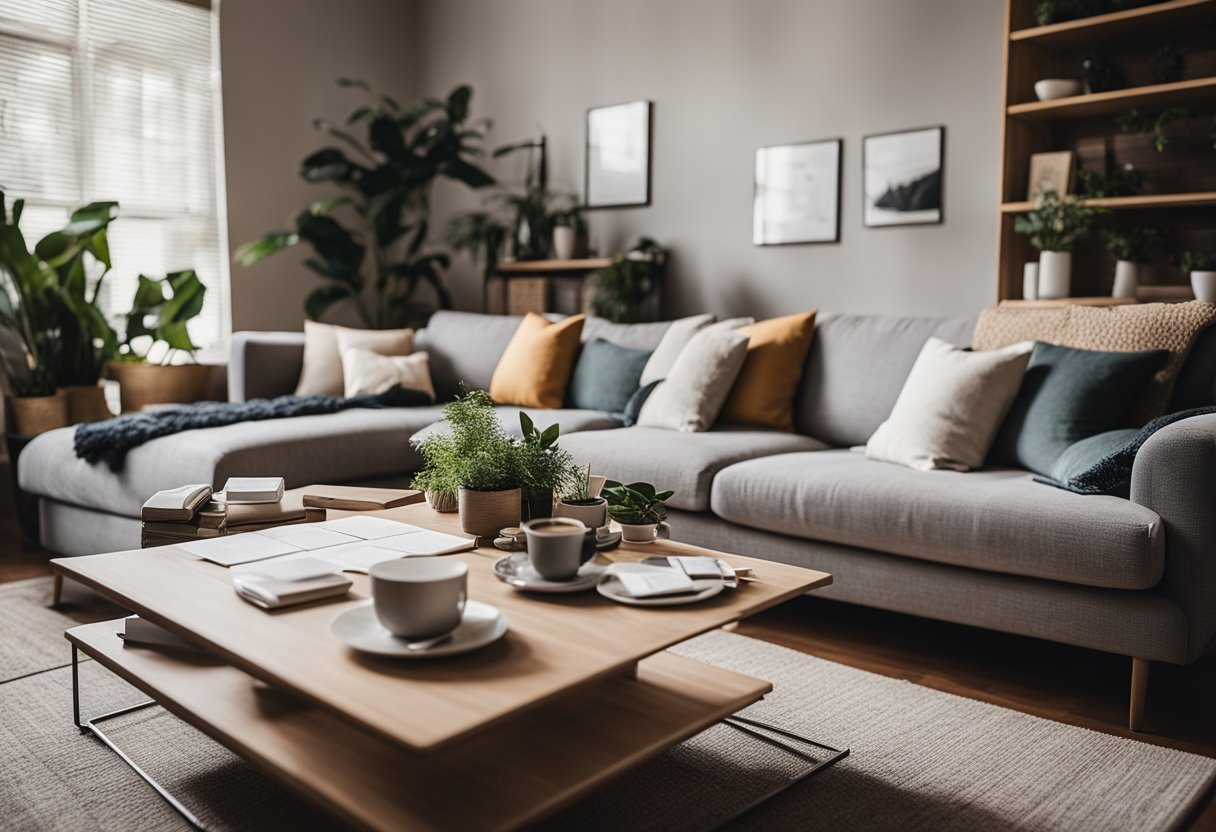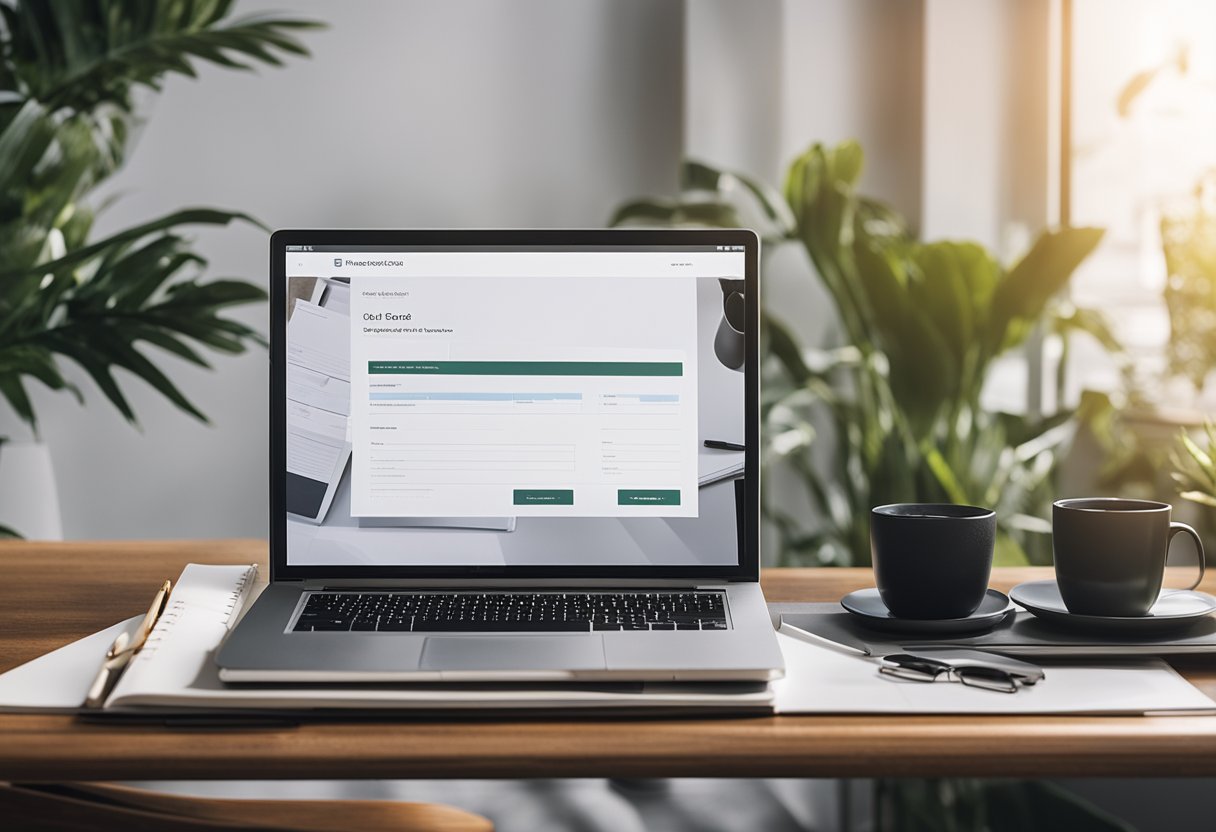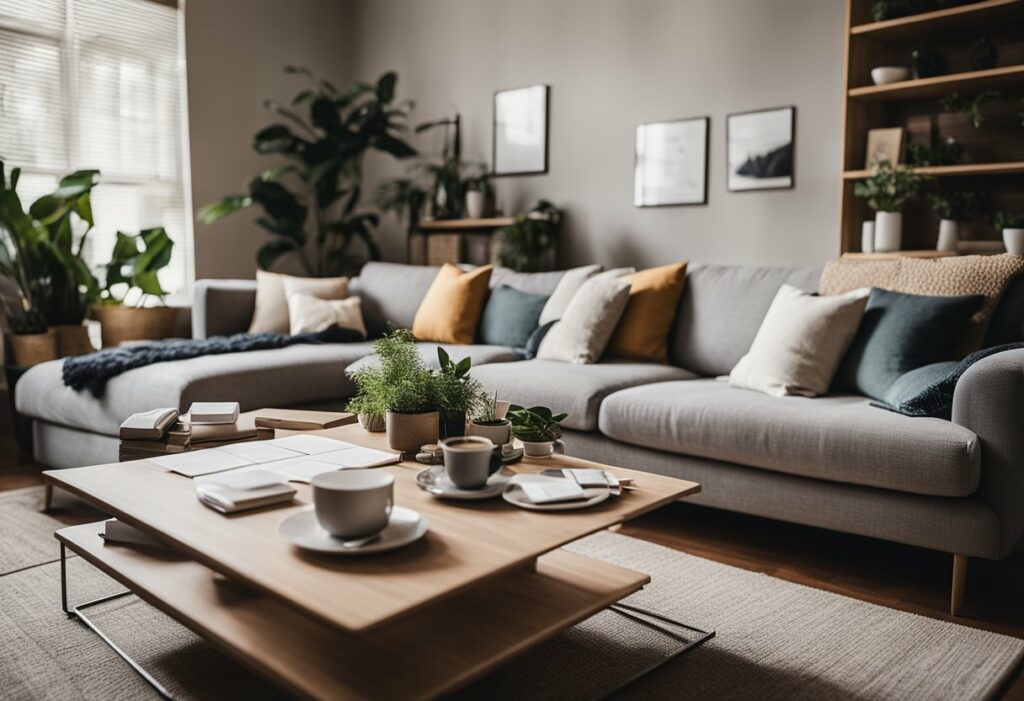Interior Design Client Questionnaire Templates: Streamline Your Design Process!
Are you an interior designer looking to streamline your design process? One of the most important steps in any design project is understanding your client’s needs, preferences, and budget. An interior design client questionnaire is a great tool to help you gather this information and create a design plan that meets your client’s expectations. In this article, we’ll explore the benefits of using a questionnaire, provide tips for creating the perfect questionnaire, and answer some frequently asked questions.

Creating the perfect interior design client questionnaire can be a daunting task, but it doesn’t have to be. By asking the right questions, you can gain a better understanding of your client’s style, preferences, and needs. A well-crafted questionnaire can also help you establish a rapport with your client, demonstrate your professionalism, and set expectations for the design process. In this article, we’ll provide you with some sample questions and tips for creating a questionnaire that will help you launch your design journey and create a space that your client will love.
Key Takeaways
- Interior design client questionnaires are a great tool for gathering information about your client’s needs, preferences, and budget.
- By asking the right questions, you can establish a rapport with your client and set expectations for the design process.
- Creating a well-crafted questionnaire can help you launch your design journey and create a space that your client will love.
Creating the Perfect Questionnaire

Designing the perfect interior space for your clients requires a deep understanding of their needs, preferences, and expectations. A well-designed questionnaire is an essential tool that can help you gather all the necessary information and streamline the consultation process. Here are some tips on how to create the perfect questionnaire:
Understanding Client Needs
Before you start designing your questionnaire, it’s essential to have an in-depth understanding of your client’s needs, strengths, and challenges. Schedule an initial consultation or discovery call to get to know your client and their current space better. Ask in-depth questions about their bottom line, primary function, and current design/space. Make sure to address any altered preferences, expectations, or vision they may have for their new space.
Structuring the Questionnaire
Your questionnaire should be structured in a way that guides your client through the consultation process in a logical and efficient manner. Divide the questionnaire into phases that align with your consultation process, such as the initial consultation, project proposal, and revisions. Each phase should have specific questions that address your client’s goals, timeline, project scope, deadlines, and project communication.
Streamlining the Consultation Process
Your questionnaire should help you streamline the consultation process and save time. Use online tools such as Google Forms, Form Builder, Microsoft Word, Adobe Acrobat, or Typeform to create your questionnaire. These tools allow you to create customised questionnaires that are easy to fill out and submit. You can also use mobile text, WhatsApp, social media, Houzz Pro, email, or reminders to send your questionnaire to your clients.
Efficient Project Management
Your questionnaire should help you manage your project efficiently. Use your questionnaire to gather all the necessary information about your client’s budget, maximum budget, and requirements. Make sure to address any special needs or non-negotiable product brands or hardware your client may have. Use your questionnaire to save time and stay organised throughout your project.
Fostering Client-Designer Relationships
Your questionnaire should help you foster a strong and trusting relationship with your client. Use your questionnaire to ask specific questions about your client’s design style, colours, decor, lighting, patterns, and artwork. Use your questionnaire to gather inspirational images or art pieces that your client may have. Use your questionnaire to address any special considerations or challenges your client may have.
Incorporating Technology
Your questionnaire should incorporate technology to enhance your client’s experience. Use your questionnaire to gather all the necessary information about your client’s preferred method of communication. Use your questionnaire to address any FAQs your client may have. Use your questionnaire to schedule an in-person meeting or video call to discuss your client’s project further.
Personalising Client Interactions
Your questionnaire should help you personalise your client interactions. Use your questionnaire to gather all the necessary information about your client’s furniture, accessories, rooms, or art pieces. Use your questionnaire to address any special considerations or challenges your client may have. Use your questionnaire to create a customised interior design contract that outlines your design services and expectations.
Enhancing Visual Inspiration
Your questionnaire should help you enhance your client’s visual inspiration. Use your questionnaire to gather all the necessary information about your client’s preferred design style, colours, decor, lighting, patterns, and artwork. Use your questionnaire to gather inspirational images or art pieces that your client may have. Use your questionnaire to create a customised project proposal that outlines your project scope and deadlines.
Addressing Special Considerations
Your questionnaire should help you address any special considerations or challenges your client may have. Use your questionnaire to gather all the necessary information about your client’s special needs or non-negotiable product brands or hardware. Use your questionnaire to address any special considerations or challenges your client may have. Use your questionnaire to create customised change orders that outline any changes to your project scope or deadlines.
Finalising the Template
Once you’ve designed your questionnaire, make sure to finalise the template and save it for future use. Use your questionnaire as a guide to creating customised questionnaires for future projects. Use your questionnaire to enhance your communication, trust, and client fit. Use your questionnaire to ensure the success of your interior design business.
Launching Your Design Journey

Congratulations on embarking on your interior design project! This is an exciting time filled with endless possibilities. To ensure the success of your project, it is important to start off on the right foot. In this section, we will discuss the key steps to launching your design journey.
Kickstarting the Project
The first step in any interior design project is to kickstart the project. This involves setting up an initial consultation with your potential client to discuss their vision, goals, and expectations for the project. This is also an opportunity for the interior designer to assess the space and determine the project scope.
Setting Expectations and Boundaries
During the consultation, it is important to set expectations and boundaries for the project. This includes discussing the timeline, design process, services provided, and project scope. This will ensure that both the client and interior designer are on the same page and that the project runs smoothly.
Crafting a Compelling Project Proposal
After the consultation, the interior designer should craft a compelling project proposal that outlines the vision, goals, and timeline for the project. This proposal should also include a detailed breakdown of the services provided, project scope, and bottom line. This will help the client make an informed decision about whether the interior designer is a good fit for their project.
In conclusion, launching your design journey involves kickstarting the project, setting expectations and boundaries, and crafting a compelling project proposal. By following these key steps, you can ensure the success of your interior design project and achieve your vision and goals.
Frequently Asked Questions

What personal style and preferences should I consider when designing a space for you?
When designing a space for you, it is important for us to know your personal style and preferences. This will help us create a design that is tailored to your taste and personality. We may ask you about your favourite colours, patterns, textures, and materials, as well as your preferred furniture style and layout.
How do you envision the functionality of your room or space?
The functionality of your room or space is an important consideration when designing your interior. We will ask you about how you plan to use the space, what activities will take place in the room, and whether you need any special features or furniture to accommodate your needs. This will help us create a design that is not only beautiful but also functional and practical.
Could you share the types of colours and patterns you’re drawn to?
Choosing the right colours and patterns can make a big difference in the overall look and feel of your interior. We will ask you about the colours and patterns you are drawn to, as well as your favourite design styles and inspirations. This will help us create a design that reflects your personality and taste.
What is your budget for this interior design project?
Your budget is an important consideration when designing your interior. We will ask you about your budget for the project, as well as any specific items or features you want to include. This will help us create a design that meets your needs and fits within your budget.
What are your must-haves and deal-breakers for this space?
Knowing your must-haves and deal-breakers is crucial when designing your interior. We will ask you about any specific features or items that you must have in the space, as well as any things that you absolutely do not want. This will help us create a design that meets your needs and preferences.
How do you anticipate the space evolving over time?
Anticipating how the space will evolve over time is an important consideration when designing your interior. We will ask you about your future plans for the space, as well as any changes or updates you may want to make in the future. This will help us create a design that is flexible and adaptable to your changing needs.



